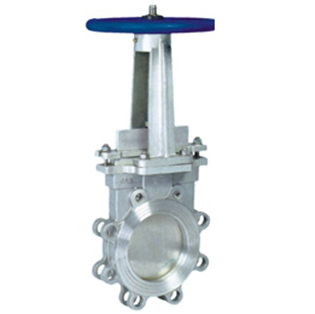Flexible Connections for Enhanced Vibration Isolation in Piping Systems
Understanding Rubber Joints A Versatile Solution for Piping Systems
Rubber joints are essential components in modern piping systems, providing flexibility, vibration isolation, and shock absorption. These joints, also known as flexible rubber connectors or expansion joints, are designed to accommodate the thermal expansion and contraction of pipes due to temperature changes, as well as to absorb vibrations caused by pumps and other machinery.
One of the primary functions of rubber joints is to relieve stress on piping systems. As fluids flow through pipes, they can experience significant pressure fluctuations, which may lead to mechanical failures over time. Rubber joints mitigate these issues by allowing for axial, lateral, and angular movements within the piping network. This flexibility helps maintain system integrity and prolongs the life of the equipment involved.
The construction of rubber joints typically involves multiple layers of reinforced rubber, ensuring durability and resilience under varying conditions
. Different materials, such as EPDM, neoprene, and natural rubber, may be used depending on the application's specific requirements and the types of fluids being transported. For instance, EPDM rubber is often chosen for its excellent resistance to ozone, weather, and high temperatures, making it ideal for outdoor and industrial applications.rubber joints

In addition to providing flexibility, rubber joints play a crucial role in vibration isolation. Machinery such as pumps, compressors, and fans generates significant vibrations during operation. These vibrations can transmit through the piping system, potentially causing noise and wear on connecting components. By incorporating rubber joints, the transmission of these vibrations is dampened, creating a quieter and more reliable operation.
Rubber joints are also known for their ease of installation. Typically, they come equipped with stainless steel flanges or collar fittings, allowing for quick and straightforward connections to existing piping systems. This ease of use is particularly advantageous when retrofitting or upgrading systems, as it minimizes downtime and labor costs.
Another notable benefit of rubber joints is their ability to seal against leaks. With proper installation, they create a tight seal that prevents the escape of fluids, which is crucial for maintaining system efficiency and safety. This leak-proof characteristic is especially important in applications involving hazardous or corrosive materials.
In conclusion, rubber joints are a vital component of piping systems in various industries, including water treatment, HVAC, chemical processing, and marine applications. Their ability to absorb shocks, accommodate movement, and reduce vibrations makes them indispensable for ensuring the longevity and efficiency of piping infrastructure. As industries continue to evolve and face new challenges, the development and application of advanced rubber joint technology will play an integral role in supporting sustainable and efficient operations. Whether upgrading existing systems or designing new ones, incorporating rubber joints will significantly enhance overall system performance and reliability.
-
Why Choose a Brass Gate Valve for Superior Performance and DurabilityNewsMay.09,2025
-
Reliable Flow Control Begins with a High-Performance Flange Butterfly ValveNewsMay.09,2025
-
Reliable and Rugged: Why the Lug Type Butterfly Valve Is Dominating the MarketNewsMay.09,2025
-
Manual Gate Valve: A Comprehensive Look at Performance, Durability, and DesignNewsMay.09,2025
-
Engineered for Precision: Why the Stainless Ball Valve Sets a New StandardNewsMay.09,2025
-
Ductile Iron Valve: The Perfect Solution for Reliable Flow ControlNewsMay.09,2025
-
Compact Powerhouse: Why the Wafer Type Butterfly Valve Is an Industry FavoriteNewsMay.09,2025




